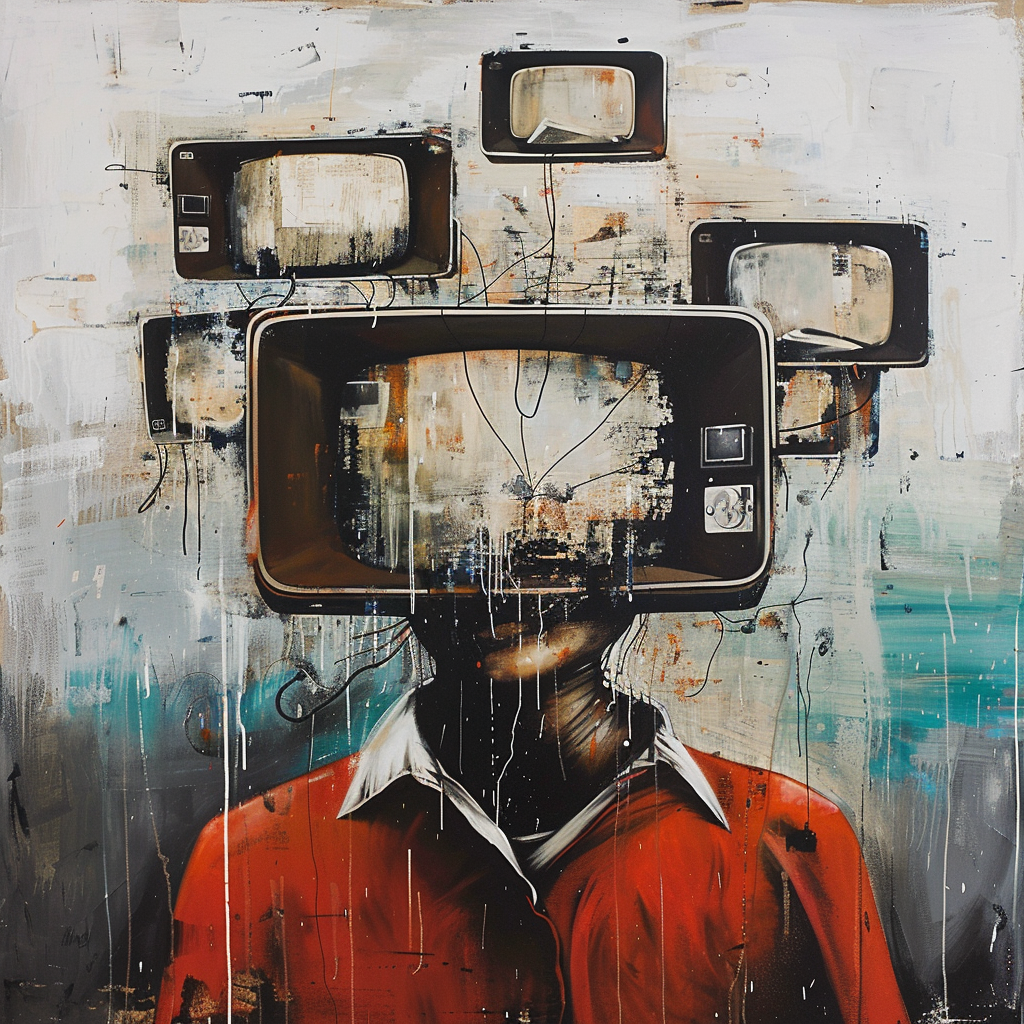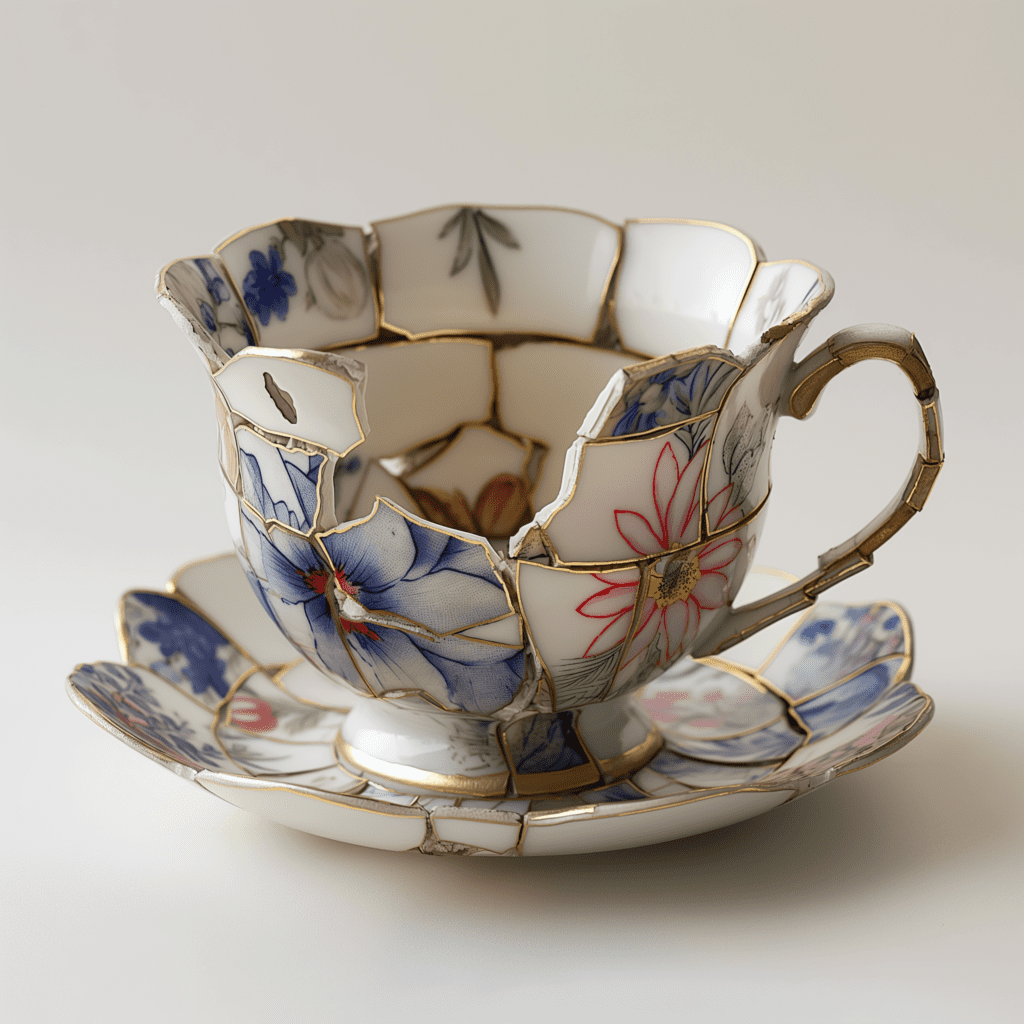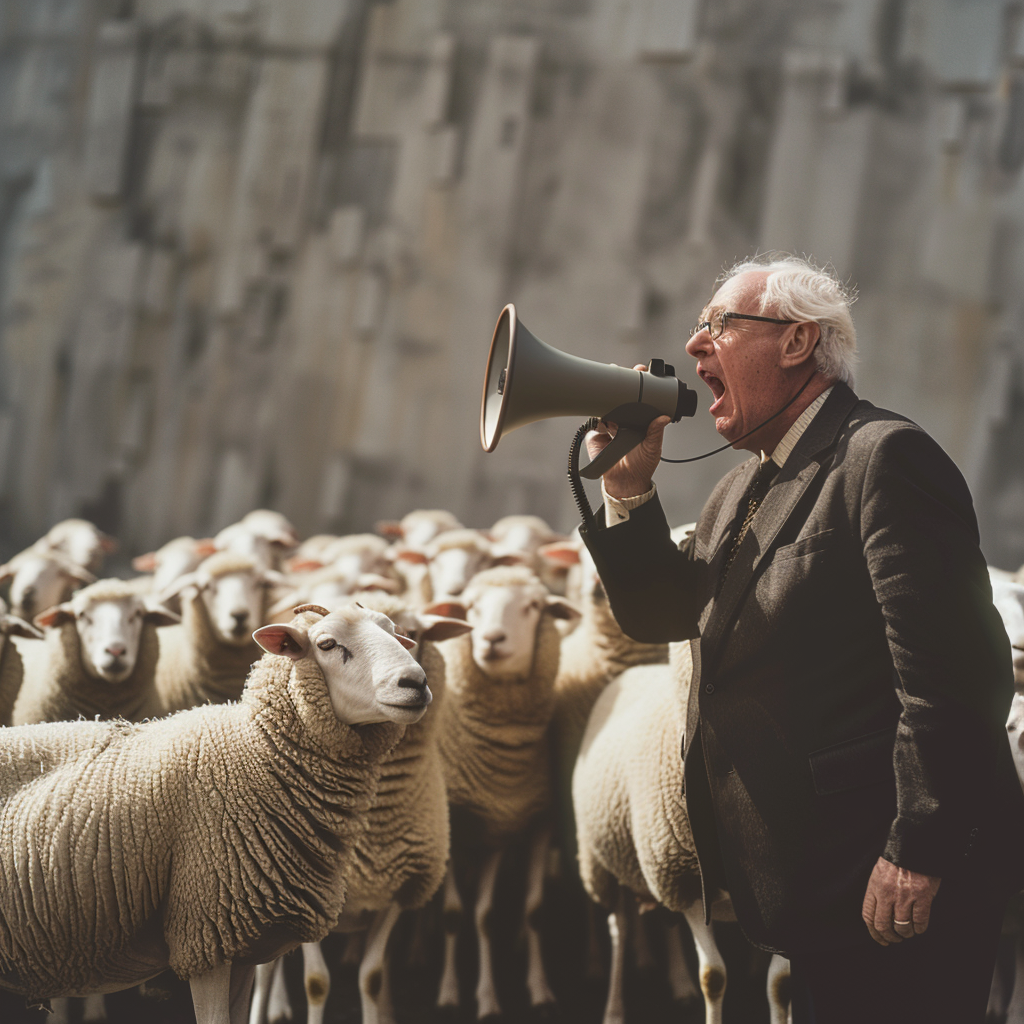The Spoon Theory
The Spoon Theory: An understanding of energy management in chronic diseases The Spoon Theory, developed by Christine Miserandino, creatively describes the daily challenges faced by people with chronic illnesses and limited energy. Using the example of ‘spoons’ as strength units, she shows how those affected must consciously plan their activities to avoid overexertion. This simple […]









